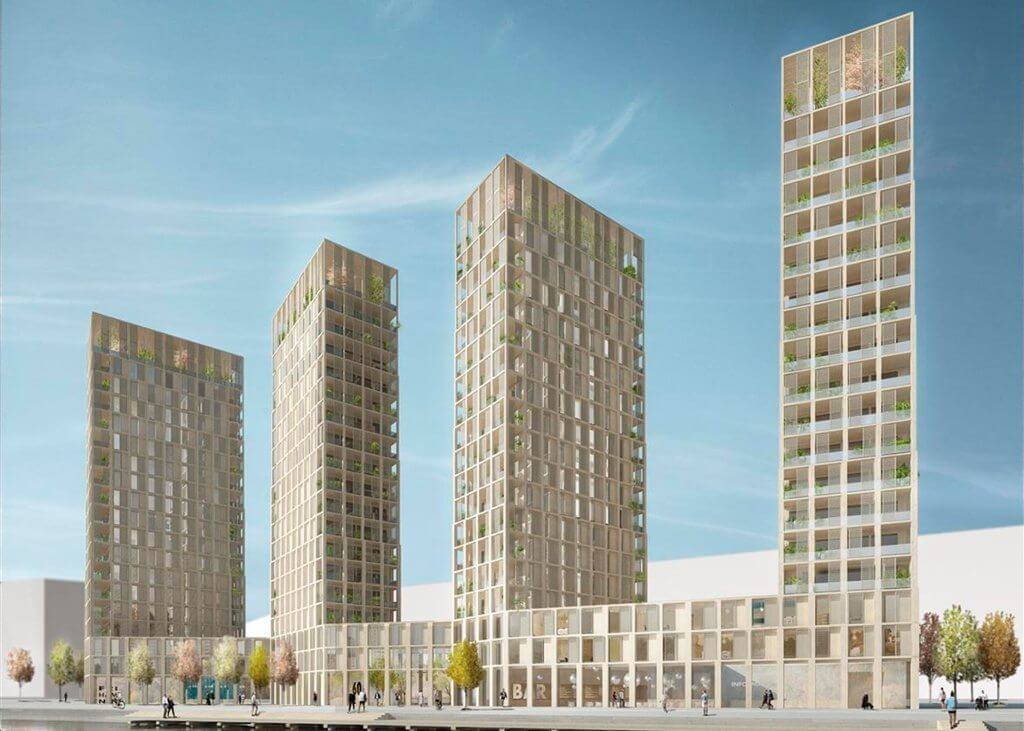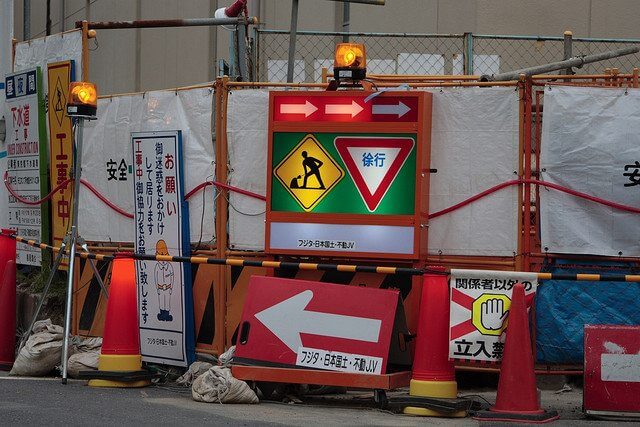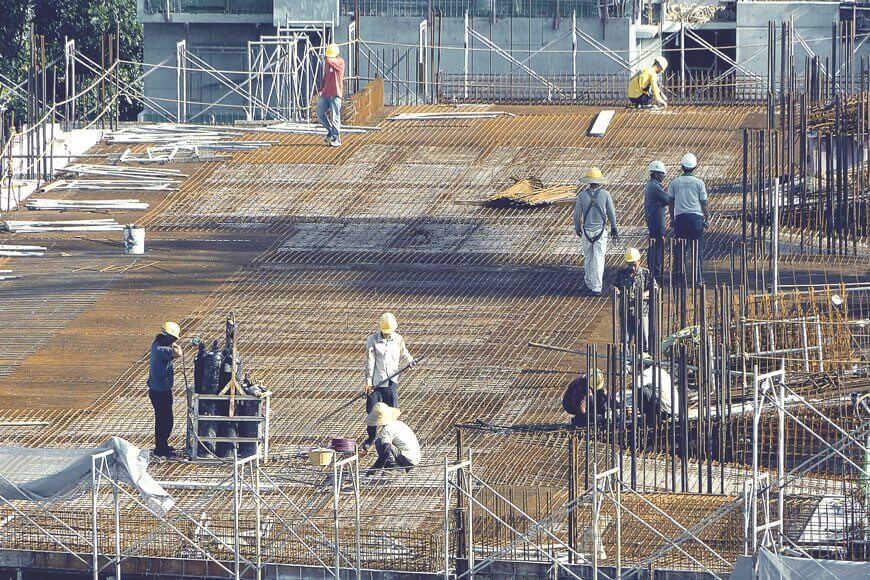I’m all in favour of wooden buildings! It must be about 10 years-ago that my wife and I had fortnight in a log cabin up in the Lake District. The internal walls were simply that; logs! Now this is getting a bit on the esoteric side, but we found staying there to be “spiritually earthing”, i.e. it took us back to nature. There is also another probable thing about this kind of log cabin; they are good for the occupants’ physical health. The reason I say that goes back to the time when butchers’ wooden chopping boards were banned for a while. Then it was discovered that wood, all by itself, kills off bacteria that land on it! Butchers are using wooden chopping blocks again!

Now we aren’t discussing log cabins here so I’ll get back to the subject:-
Timber-framed buildings are something I’m actually involved in. We have a company which markets them. Assuming the timber comes from renewable sources they are far more environmentally friendly that steel or concrete. There is a great reduction on CO2 emission if the use of these two materials is cut back. I read somewhere that the production of steel and concrete actually produce 60% of global CO2 emissions! I can’t guarantee the accuracy of that figure, though. By contrast, if trees are planted as part of a renewable programme, they tend to be planted in greater numbers than were felled. Trees release oxygen into the atmosphere; more trees, more oxygen, so we all breathe easier!
Now, the houses we market are all manufactured to EuroCode 5. That gives a design life-span of 80 years compared to traditional UK build to the superseded Code for Sustainable homes, of just 35 years. What EuroCode 5 does, though, is restrict buildings’ heights to a maximum of 7 storeys, reduced in the UK, because of our high wind speeds, to 5 storeys. They can go higher but only with serious modifications. Diagonal steel cross-bracing has to go in and this interferes with the installation of insulation and can cause heat bridging. The bigger problem of this additional steel bracing, though, is the additional cost. To stick it all in and then for the erection crew to work around it ends up both increasing the build time and also the cost. The total cost increase can, in fact, end up being pretty much the same as traditional brick/block construction for the load bearing internal wall structure.
In London they are looking to build an 80 storey building, 300 meters high, something far beyond current limitations. First silly question that comes into my mind is will the building bend in the wind like very tall trees do? Bet that would mean many of the occupants suffering sea-sickness! To prevent that would, if the requirements of EuroCode 5 are anything like a guide, there would need to be terrific diagonal cross-bracing of some sort!
More to the point is quite how much timber would be required to build this structure? I can only guess that the support columns at ground level would need a huge cross section! I’ve no idea about the compressive strength of various timbers or how they are compressed under pressure. Another guess of mine is that the lower floor ceiling heights would come down considerably as storeys went up above!
If this idea does go ahead and doesn’t just turn out to be an design exercise come up with out of interest, well, I’ll be interested, very interested. Be most happy to quote for the timber frame manufacture!
If we do see timber skyscrapers going up in quantity that will definitely transform London’s sky line. The skyline will waft to and fro in the wind like a coppice does!



